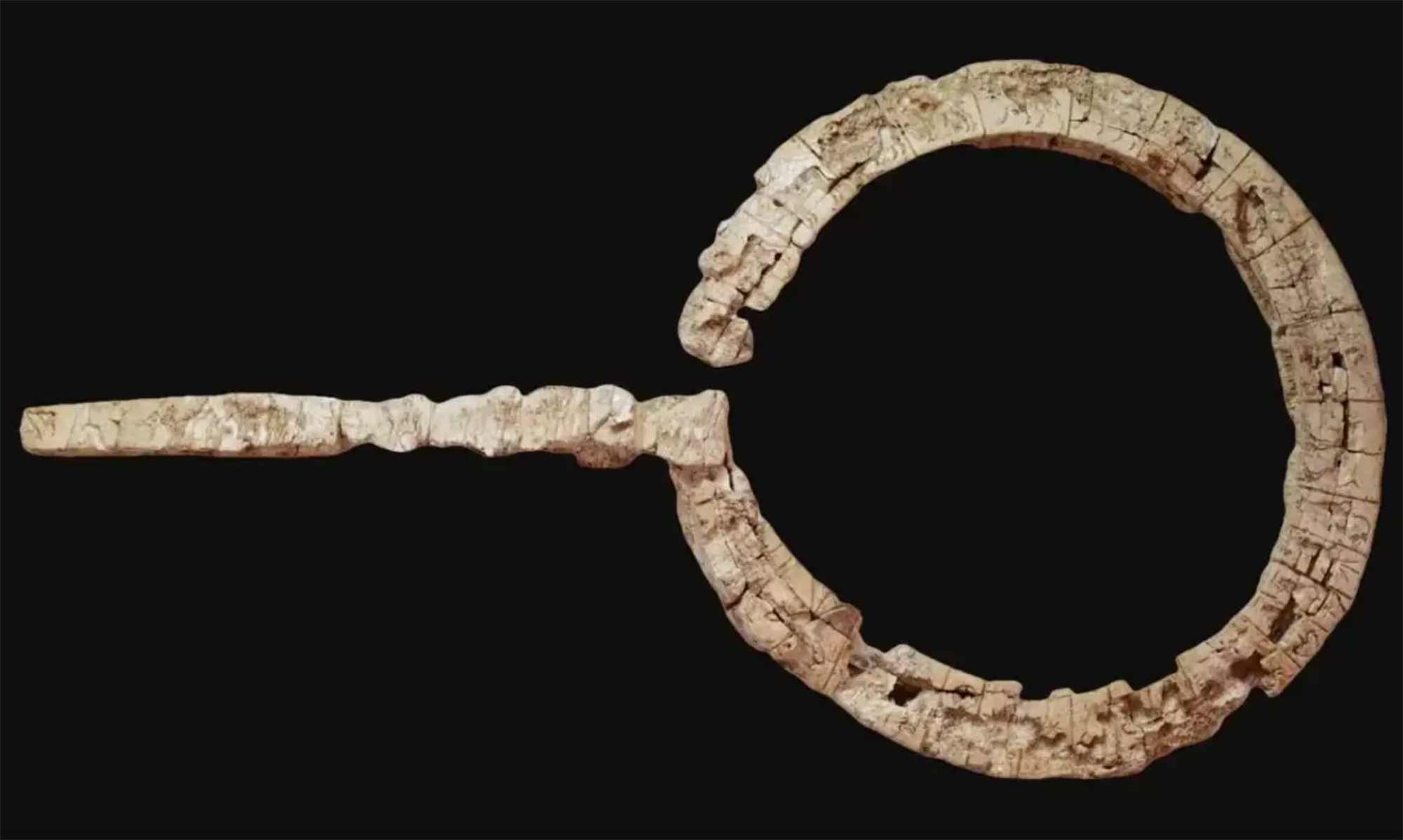Winter solstice tree

Judea, a. 7th century. The prophet Jeremiah said that “the customs of peoples were vanity”, because they worship a piece of wood “with silver and gold, with nails and hammers” and “worship valueless objects, rather than worshiping the true God”. Jeremiah criticized the old custom of the “peoples of the north”, that is, of the Babylonians: they cut a tree and decorated the trunk to leave their offerings. The diviner did not predict the success that centuries later would have another piece of wood, the cross, worship.
Tertullian (ca. 160–ca. 220) fought the pagan cults of the Romans. During the festivities of Saturn, the streets were decorated in the Empire: they put the laurel at the doors and set the luminaires in the early winter.
The celts adorned the oak with fruits and candles in the winter solstice to ensure the return of the sun and plants.
The efforts of Jeremiah, Tertulian and other Christians who opposed the pagan tree were useless. And Christianity, as it could not destroy custom, made it its own, as so many other times. According to legend, in the 8th century, in the German region of Hesse, there was an oak dedicated to Thor which each year offered him a sacrifice in the winter solstice. The missionary Bonifazio cut off the tree and, after reading the Gospel, gave the natives a tiz, symbol of eternal life, “because the leaves are always green and the cup points to heaven.”
The habit of putting the pine in the houses during Christmas was spreading in these areas, although at first they were hanged on the roof by cups. The theologian Martin Luther (1483-1546) reportedly decided to place some candles on the branches of the Christmas tree, probably without knowing the tradition of the Celts, “because the stars shine like in the winter nights.”
At Christmas 1510, traders in Riga (Latvia) placed a fir in the market square, adorned it with roses, danced around it and finally set it on fire. In Tallín, Estonia, it is said that a few years earlier, in 1441, they had done something similar. And so, the two cities of the Baltic are disputed in a public square who first placed the Christmas tree, as if it were a new custom, as if Jeremias hadn't talked about this issue 2,000 years earlier.
Behatokiak Hizkuntza Eskubideen Egoera 2024 txostena aurkeztu du. Herritarrek helarazitako gertakarien bilduma aztertuta, ondorioztatu dute 2024an egoerak ez duela hobera egin, eta gainera, kexak jaso dituzten hainbat entitateren eskutik urraketak iraunarazteko jarrera sumatu... [+]
Duela aste batzuk, Diputazio kalean, Gasteizko erdigunean, bi gizonek etxerik gabeko pertsona bat bota zuten lo egiten zuen lokalaren kanpoaldeko eskailera-buru txikitik. Bota ez ezik, berehala metalezko baranda bat ere jarri zuten lonjaren aurrean. Lokala luzaroan hutsik egon... [+]
Mundu osoarentzat %10eko muga-zerga globala inposatuko du Donald Trumpen administrazioak, eta hainbat herrialderen inportazioak are gehiago zergapetuko ditu, tartean Txinakoak (%34) eta EBkoak (%20). Baina Hegoalde Globaleko herrialdeak izango dira kaltetuenak: Lesoto (%50),... [+]
Linear A is a Minoan script used 4,800-4,500 years ago. Recently, in the famous Knossos Palace in Crete, a special ivory object has been discovered, which was probably used as a ceremonial scepter. The object has two inscriptions; one on the handle is shorter and, like most of... [+]
Londres, 1944. Dorothy izeneko emakume bati argazkiak atera zizkioten Waterloo zubian soldatze lanak egiten ari zela. Dorothyri buruz izena beste daturik ez daukagu, baina duela hamar urte arte hori ere ez genekien. Argazki sorta 2015ean topatu zuen Christine Wall... [+]

























